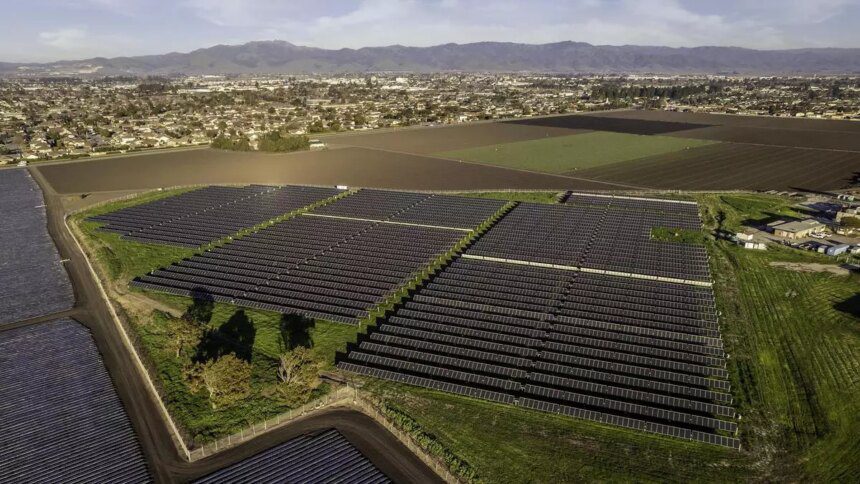The Pradhan Mantri Suryagarh Muft Bijli Yojana, aimed at encouraging small capacity solar plants on 10 million roofs to provide free electricity to needy sections of society, has seen significant uptake with 7 lakh installations and 25 lakh applications within just 10 months. However, the scheme falls short of providing truly free electricity to the poor, as 30% of the installation cost must be borne by the household, a hefty sum for many low-income families.
To address this issue, experts suggest the implementation of community solar projects, also known as ‘virtual net metering’. This model involves setting up larger solar plants in public spaces and allowing retail customers to benefit from the generated electricity through credits on their bills. This would enable households without the means to install rooftop solar panels to access clean and free energy.
While community solar projects are popular in countries like the US, Germany, Australia, and Japan, they have yet to gain traction in India due to regulatory challenges. However, with the right framework in place, community solar could be a viable solution to ensuring that the benefits of schemes like the Pradhan Mantri Suryagarh Muft Bijli Yojana reach the intended beneficiaries.
As the government seeks to expand access to clean energy for all, embracing innovative models like community solar could be the key to delivering truly free power to the underserved communities in India. By leveraging the expertise and resources of public sector companies and addressing regulatory barriers, community solar has the potential to transform the energy landscape and uplift the lives of millions of people in need.










